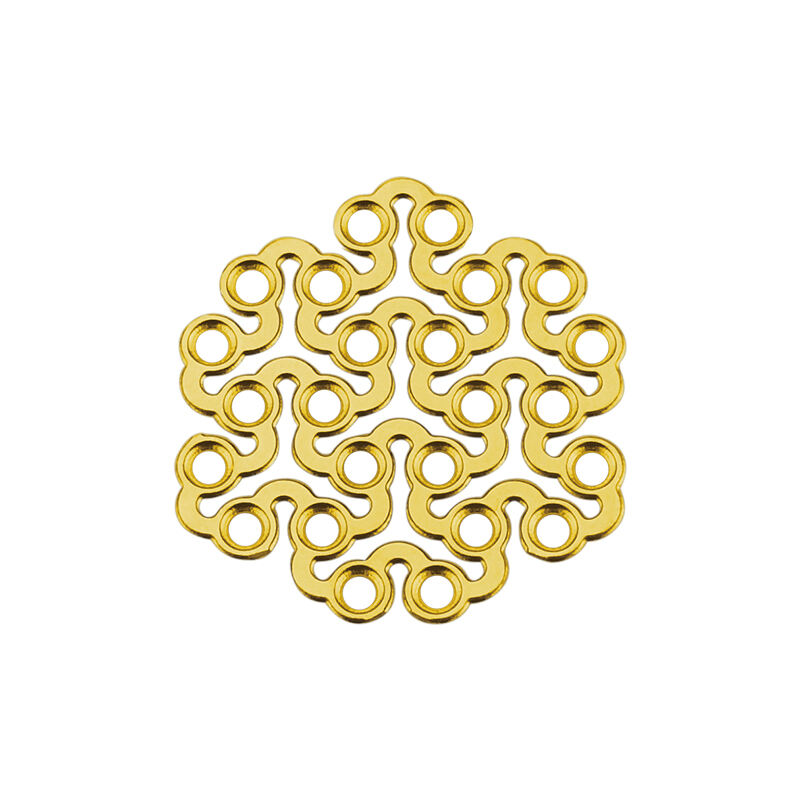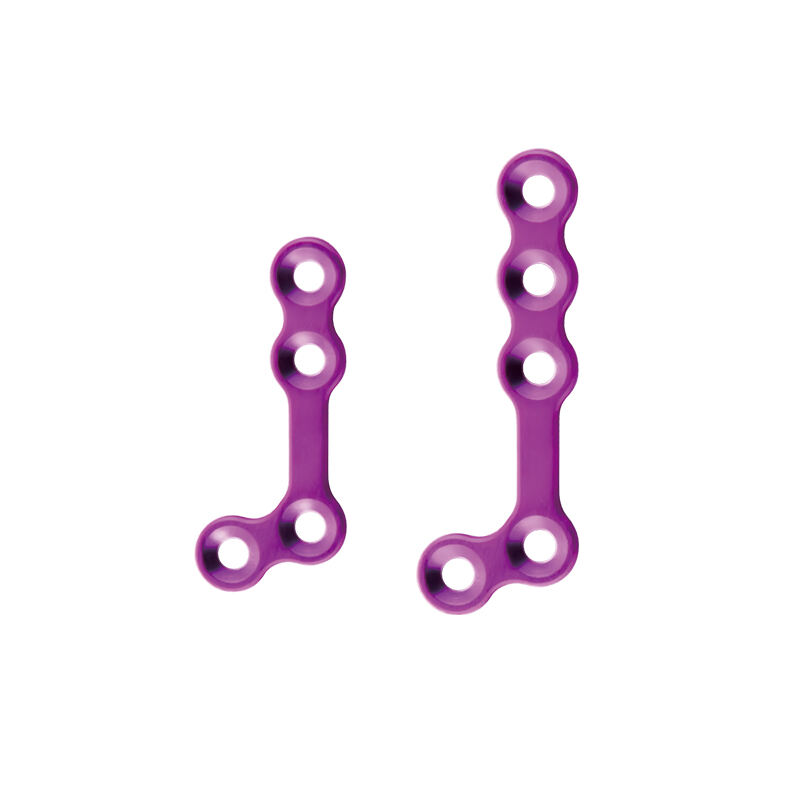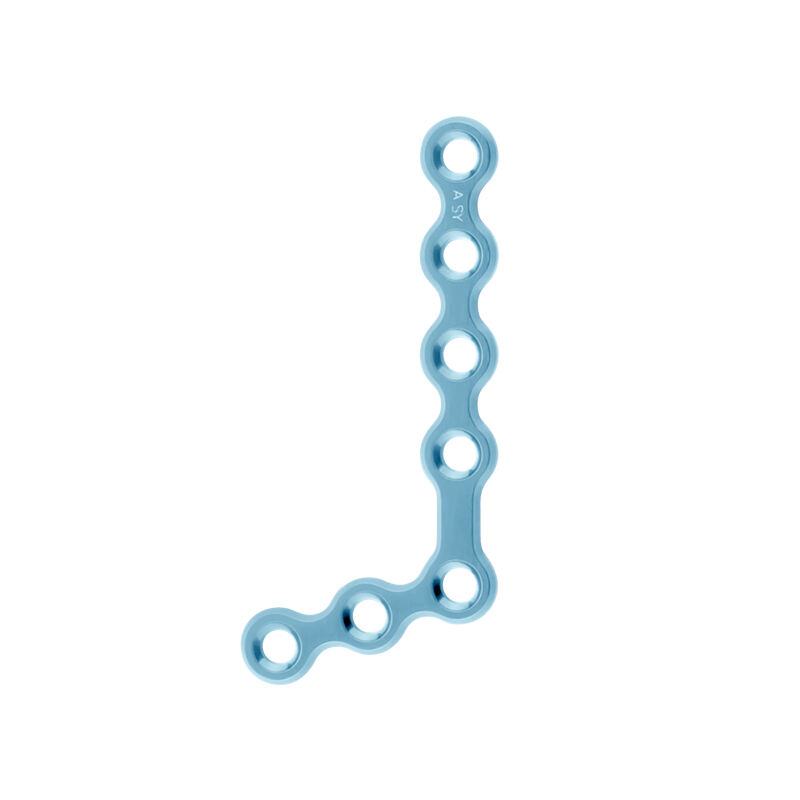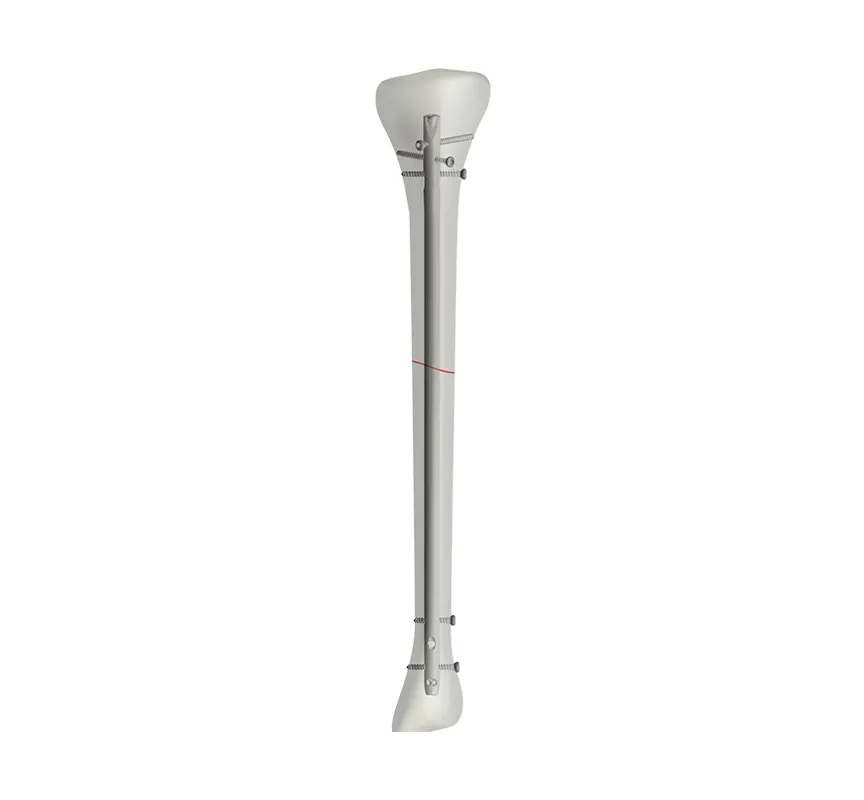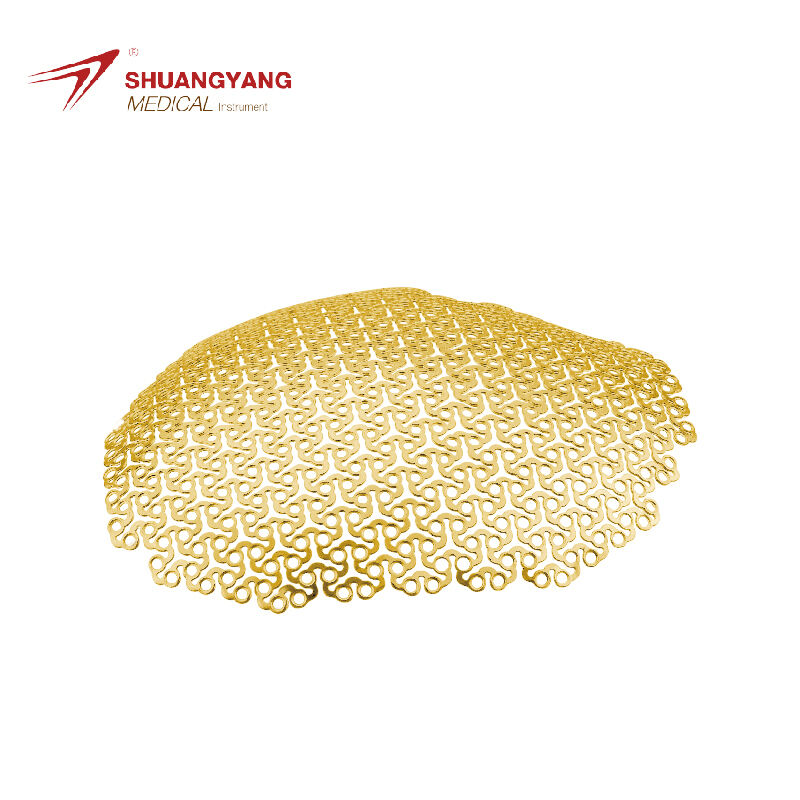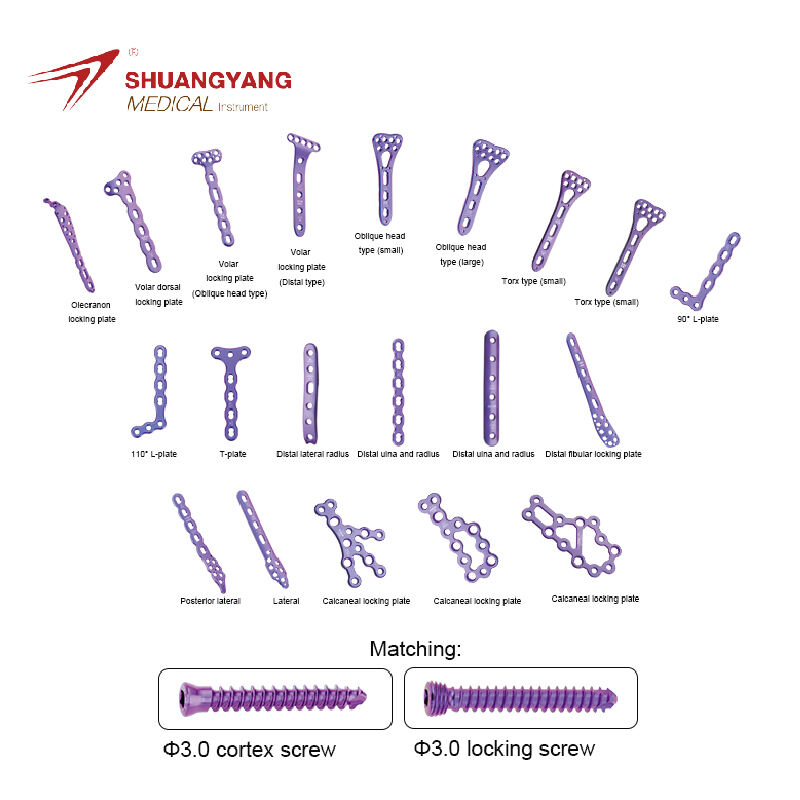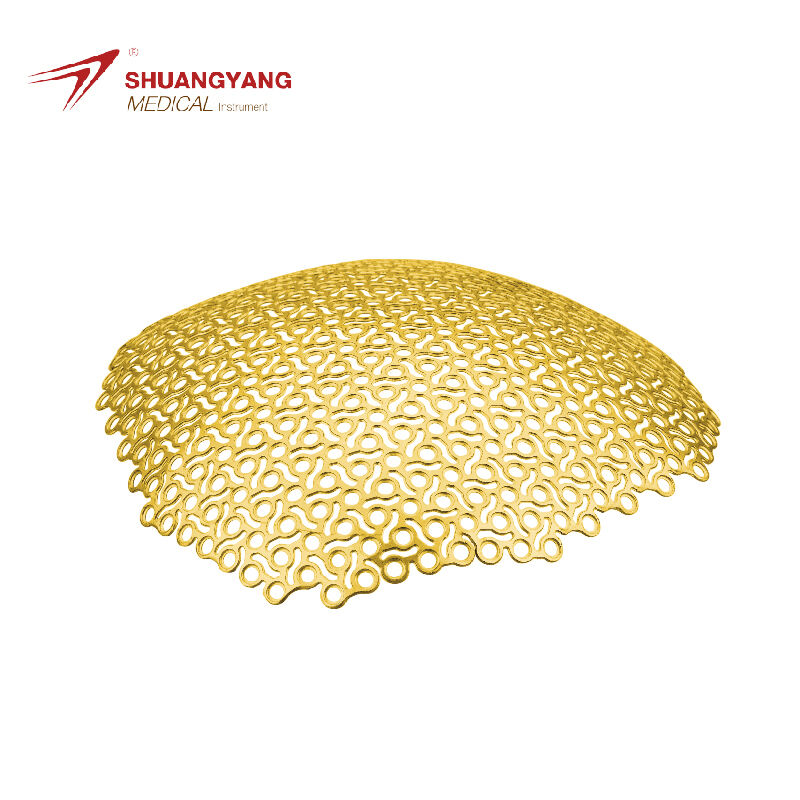femoral intramedullary nail
The femoral intramedullary nail is a surgical implant designed to stabilize fractures of the femur, or thigh bone. Its main functions include maintaining the alignment of the bone while it heals and bearing the weight of the body to allow for early mobility. Technological features of the femoral nail include a hollow, cylindrical design with a lag screw at each end for fixation into the bone. These nails are made from high-grade medical steel or titanium, which ensures strength and biocompatibility. The applications of the femoral intramedullary nail are extensive, from simple fractures to complex patterns requiring reconstructive surgery. It's a critical tool in the armamentarium of orthopedic surgeons.
 EN
EN
 FR
FR
 ES
ES
 AR
AR

